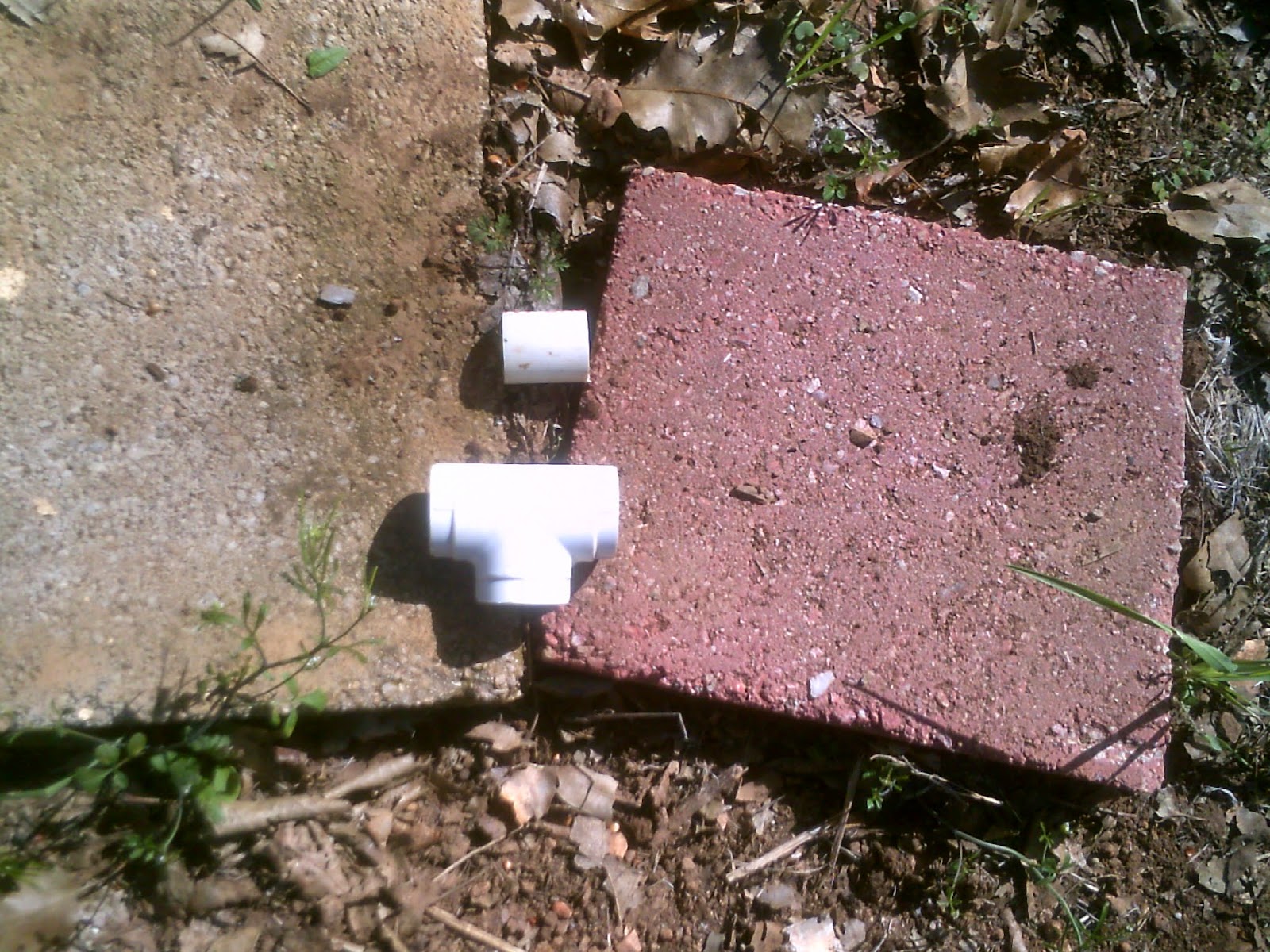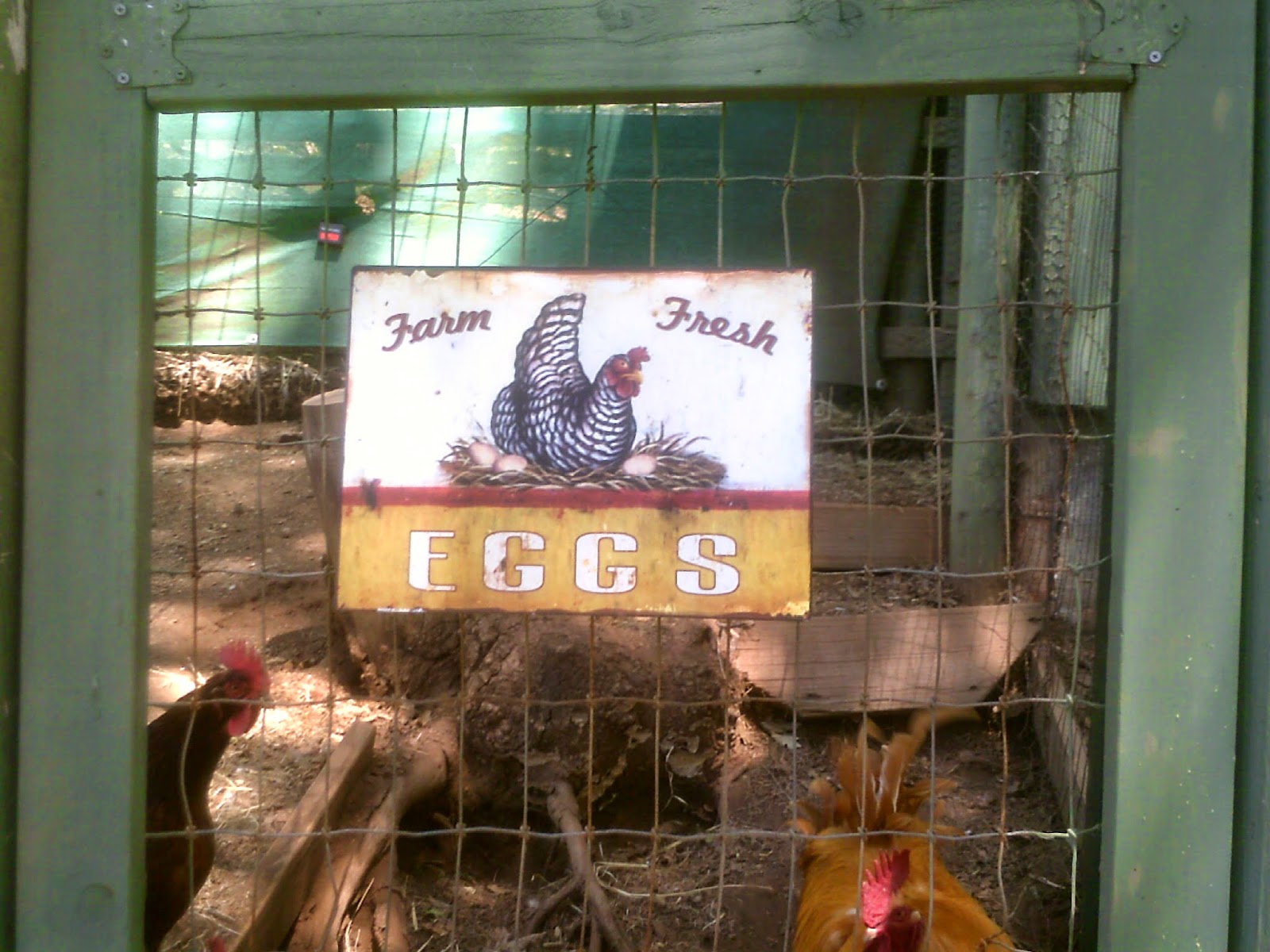See how confusing this all is?
I have a number of absolutely wonderful summertime projects that will make excellent fodder for upcoming posts, but I'm kind of in a routine ritual right now of basic annual chores that must be done. Boring, but necessary, and still keeping me insanely active. Whose idea was this anyway, to start a homestead approaching 60 years of age?
With an extreme drought at hand and the summer wild fire season upon us, I feel purdy darn good that I have "brushed" about 90% of the property here. This last winter I hacked and hewed and got rid of most of the dead under growth and thinned it all out. You can read about some of those exploits here at Taming Our North West Territory.
Fortunately, now that the main part is done, I will only have to do minimal work to maintain that aspect of the property. A couple days worth of work annually instead of several weeks. And much lighter weight work for this rapidly aging light weight worker.
One thing I MUST do every year, while I still can, is weed whack about an acre of the ground here. Fortunately, a little over half the property has good tree coverage which limits the amount of small growth underneath. But that one plus acre gets about waist high if you're me, head high if your a grand kid.
So I gots to get me out my weed whack attack orange bucket and fire up my trusty Stihl FS45.
I always make sure I've got an ample amount of string. One of those $12.00 rounds below I bought at a garage sale for a buck.
So far I've found the grey string (in the middle) to survive the best. I typically measure out 11 feet, cut it in half and string 5 1/2 feet on each side. Typically that will last for two tanks of gas, sometimes a little more if I haven't been tearing up pine cones or barracudas. The grey string usually lasts for 3 tanks of gas. I'll definitely buy more of that if I'm paying retail. If I'm paying a buck for an almost a full roll I'll buy anything as long as it's the right size.
About three quarters of the way through the job my trusty Stihl 45 started giving me problems. I figgered it was the trimmer head, so I ordered me a new one. When that didn't work I took the darn machine up to SPD Saw Shop in Nevada City.
There's a number of saw shops between here and there for me, but I take all my stuff to them. They're in their second or third generation and have been at the same location for decades. They've been sharpening my chains for centuries it would seem and are a great couple of guys.
Well, after fiddling with it for a couple minutes it was ascertained the inner shaft had bit the bullet. It would cost about $100 for the part, and an additional $20 for the work. It would take about a week. So I ponied up about $30 more for a new Stihl fs40 which I took home that same day. It has several better features and a shorter shaft, which works better for this shrinking shorter person.
How could that be? That one after market part costs almost as much as the whole? That for $30 bucks more I get a new, better machine than if I repaired the old?
Sigh. Movin on.
What is my weed whack attire, you may inquire?
Well, besides ear and eye protection I put on my trusty steel toed boots, basic levis and at least a Tshirt. That provides enough protection for me. If you're smart, like I learned, you will only wear shorts once while weed whacking.
Especially if you have hairy legs.
I did it about 30 years ago. 30 minutes into the job half of what I had cut and dusted up was attached to my legs. I had to shave them to get all the particles out.
It probably takes me about 25-30 hours every year to weed whack the property. That's at about 4-5 hours a whack, spread out over 5 to 6 days, not necessarily laced together. It has been getting a little easier every year since trees and brush have been thinned. I've cleared out many of the small (and large) obstacles that would help shorten the string.
Another minor project I completed this spring was making the rose walk look nice nice. The project has been in que, along with a thousand other things, but hosting Mother's Day festivities always makes for a concerted aesthetic push. So I turned the weed patch underneath the roses that looked like this:
into this:
Oh, yeah, I also planted about 5 more roses!
I pulled most of those luscious, supple greens and tossed them into the chicken coop. Those girls love their salads! Then I put down a layer of weed paper, for lack of a better term, and then I tossed in some bark. Yap, yap, yap. About a yard and a half of it. Now it looks nice nice. Plus the bark will really help the soil retain water and we'll be able to use less water. A good thought in a drought.
The roses have been stunning this spring. Here's our Queen Elizabeth, AARS winner in 1955:
The roses, of course, must be behind fencing until the entire property fencing project has been completed. We're about 3/4 of the way there. Without the temporary protection they would be decimated by Bambi and her ilk. Roses draw deer like Robitussin draws Ozzy.
Rose Land began back in 2012, when I built this rose arbor my lovely wife's birthday in July of that year:
You can barely make out the 8 inch high Cecil Brunner roses planted on either side of the arbor in the photo above. I purchased them on EBay from an old dude in Florida. I got 3 of them for less than $15, including shipping. That's a heck of a deal considering how much roses cost at a nursery, and considering what we paid for most of the other roses we have. If you're concerned about the length of time to substantial bloom, consider this. Here's our Cecil's not quite 2 years later:
Here's the roses along the picket fence:
They were but little stubs until I built for them that wondrous cage of protection. Prior to that those pesky damn deer would ravage and pillage them to near extinction. We believe there is one Peace rose in the bundle above. But it appears that the other two have reverted back to their wild rose origins. As you may or may not know, most all roses are grafted from wild rose stock.
Grafted roses, commonly referred to as budded plants, are plants where the desired rose is grafted or budded onto a rootstock of a different type. If a grafted rose dies back (OR IS EATEN) to the ground, what will come up the next Spring is the rootstock variety. Eighty percent of the roses grown in the US come from the Wasco, CA area and are grafted onto red climbing Rosa's, or 'Dr. Huey'.
How about that.
Another several phase project I began this spring was my upper irrigation program. For the last 3 years I've just had a hose running up to Chicken Fantasia Land.
This was, apparently, the year to begin that several phase project. It all started with tapping into one of the lines running out of the pump house, the one that runs alongside the south side of the property all the way down to the orchard, about 700 feet away. The other line runs into the house, and I don't want to tap into that if I can help it!
Prior to tapping into the line below, I had to move all the crap I have stored behind the pump house. Wood, PVC, planters, buckets and all sorts of lopsided, and otherworldly but really useful crap. And then I trenched a little.
I cut about an inch out of the line (after, of course, turning the water off) to allow for the "T" above. There was enough flex on either side to allow the "T" to slide right on in.
From there it was a 90 degree turn to the left, or the right, depending on where you were standing, and then I ran out another ten feet or so of PVC.
And then I put in a shut off valve, so that when and if I have to work on the upper irrigation I can just shut off that section rather than the whole line. I'm big on valves, apparently.
Next I ran about 6 inches out to a "T" and then stubbed out the mid section for later use. That will eventually be the main line in for the back yard sprinkler system.
With that done, it was time to do my Geometry thing and take that PVC on up the hill to Chicken Fantasia Land. But before I could do that I had to do a little cardio, you know, break out my trusty little trenching shovel and get to it.
Once it was all put together and tested, the final product looks a lot like this:
And one more project can be checked off my infinite list.
Ringtail Raider in the Night
Well, it almost certainly had to happen. Maintaining fowl in the country is certainly NOT without it's hazards. And the aroma of lovely, docile fowl in the middle of the country no doubt just begs night time marauders to stop on by to see what they might get a slice of for dinner.
The main coop where the main flock sleeps has never yet been breached. They've been sleeping in there for over two years now, and considering the companion cage has been raided twice one would think if the coop was penetrable it would have been penetrated by now. It has not.
But last year the companion cage door was breached and we lost Ginnie, the Guinea, to some night time invader. Before moving our new chicks out there this year I made major improvements to the cage door, and it is now just as strong as the main coop door.
But I did not take into account the width of the space in the rectangular wire that the cage was essentially made of. Strong? No doubt. Keeping the predators out? Sure. So what the heck then?
Well, as I have alluded to in many previous posts, when the night shade falls a chicken's metabolism falls too. Just like Nick huffing some Krylon or Ozzy slopping down a pint of carbonated cough syrup, a chicken's brain turns to mush in the dark.
So the other morning, like around 1:30, my lovely wife and I were waken by some abnormal chicken noises. Not a frantic holler, but a sustained low chicken chatter. That's typically not good. The dang rooster may occasionally crow, but the chickens are usually very quiet at night. They can be noisy during the day, quite noisy sometimes, but after imbibing some of that dark evening night they're as quiet as little church mice.
So to speak.
Unless there's a threat. I was up in an instant and hit the perimeter floods, 2 bright lights on all 4 sides of the house. If you were out there sneaking around and I hit those lights you'd look a lot like James Coburn on the Band on the Run album cover. The two floods on the East side of the house light up Chicken Fantasia Land like a Roman Candle would your hall closet.
We both saw a pair of bright eyes right by the companion cage door. I quickly grabbed the always loaded 22 rifle and a bright flashlight and dashed down the stairs and out the side door. Oh yeah, before I went out to tussle with the bad guy I did throw on a pair of sweat pants. No sense in having that thing flapping around in the midnight breeze when engaging a wild beast. I also have a pair of sandals by every exterior door, which makes emergency dirt and gravel stomping tolerable.
The coop is only fifty feet from the house, I was there in an instant. During this instant my lovely wife, doing recon from the master bedroom deck, watched the invader frantically scampering back and forth inside the exterior pen trying to figure out how to get out. He was, apparently, not a big fan of bright lights in the night. They seemed to agitate him.
As I approached the front gate, I saw him perched on the top of a wooden gate post at the back exterior coop fence. He sat there for an instant and then bounded down the other side and into the night.
I then started an assessment. The main coop door was locked and the main flock OK. Upon looking into the companion cage, I noticed two of the birds were on the perch, one was sitting up in the garbage can (shelter) and one was laying down on the ground. Not moving. That was probably not good.
And then, about 20 feet away, Mr. Bad Ass's eyes and then full form appeared from behind a tree. Two big, bright golden orbs in the night upon a cat like looking body, but with abnormally long legs. With flash light in one hand and rifle in the other, I got off a shot. A bad shot. It was a miss, but Mr. Bad Ass, his form imprinted in my cranium, dashed off into the night.
Then I went into the what I thought secure companion cage. The one bird laying down was headless. How it got into the middle of the cage I don't know, unless, of course, it experienced one of those things similar to running around like a chicken with its head cut off.
And then I noticed the Rhode Island Red in the garbage can had no feathers on her neck as well as a pretty severe wound. Blood was not flowing, or dripping, but it was open into her second layer of skin. Other than that she was moving OK. I sprayed the wound with a spray on bandage, and (later that same day) she seemed to be doing OK.
Obviously I had to figure out the breach, and fortunately, with a couple tell tale signs I think I did. The two other girls were still a perch, unfazed by the nights commotion. They were both slumbering inches from the outer rectangular wire. If I hadn't intervened they would have been headless and probably not even noticed until they were running around too.
It would be simple for a night time marauder to waltz up, possibly singing belligerently loudly, stand on it's back haunches and pull a chicken's neck through the rectangle. Then a couple swift gnaws and wallah, a headless bird. I am certain that happened to Jewell.
Here's some blood evidence right on the gate, after my wire intervention, where I think the Rhody was accosted:
Most of my morning was spent adding small dimension chicken wire all around the bottom 2-3 feet of the companion cage, paying special attention to the areas close to the perch. Actually, I ended up putting some wire up very early that same morning, like about 2. I couldn't sleep knowing Punch Drunk and Judy were sleeping inches from certain death, just like sitting ducks.
So to speak.
It all looks impenetrable and safe now, much more than before. I think if something tries to get a paw in there it's gonna look a lot like Steve McQueen did after he wrecked his bike in "The Great Escape". But then, I thought the cage was safe before.
As soon as I got back in the house I went straight away to my "Laws Field Guide to the Sierra Nevada" and ascertained the invader was a Ringtail cat, with about 90% certainty. The Ringtail is not really related to the cat family, they are actually members of the Raccoon family. Which makes sense. This varmint looked like a raccoon but was much smaller, just like the rascal below.
By the way, if you live in the Sierras you really need to buy the Laws Field Guide. It is packed with every bit of information about these mountains regarding flora, fauna, varmints and poop. There's a link for it somewhere around here.
There have been no further attempts in the week or so since the initial attack. The reinforced fortifications seem to be sound. The Rhody is looking good. Her wound has scabbed over nicely and should start to feather in before too long.
It looks like the 3 remaining babies will have to stay in the companion cage a few more weeks. I briefly let them in with the main flock the day after the raid and the big girls were very much less than hospitable. The babies are still pretty small compared to the 2 year olds, so I think they will need to grow a little bit more for their own protection before full integration with the main flock.
Next big projects coming up this summer will be the picket fence refurbishment excursion program thing and the front deck rail rain intervention Bossa Nova. Who said owning a house in the country can't be fun?
Stay tuned.






























